As a nurse, you could be the one contact who identifies a victim of human trafficking and provides the means of release. However, you need to know the signs that the patient is possibly a victim of trafficking and how to manage this very delicate situation.
Human traffickers target the vulnerable, often with a promise of a better life, and then exploit them for economic purposes by exercising total control over their lives. It is a modern form of slavery which affects an estimated 20.9 million people around the world – from girls forced into prostitution, to those stripped of their passports and held captive to work in restaurants, on factory floors, farms and even in private homes. Traffickers use threats, physical and emotional abuse, deception and other manipulative strategies to keep their victims dependent and in bondage. Human trafficking is a highly profitable business, with the FBI estimating that it is the third largest criminal enterprise in the world.
Most of the victims will, at some time, come into contact with health care services because of the harsh conditions they are subjected to. This could be their only life-saving opportunity. A research survey of trafficking survivors found that, while they were still in captivity, 87.8% went unidentified when they did have contact which health care providers. Sixty-seven percent of these survivors were seen in emergency departments. Trafficked victims might also be seen at primary health care, family planning, and abortion clinics as well as at community health centers and private doctor’s offices.
Signs that a patient might be a victim of human trafficking
Any one of the following signs on its own may not imply a trafficking situation, but the presence of a number of these red flags at the same time should prompt nurses to probe further and take whatever action is possible in the particular situation.
- The patient is not in charge of his or her own identification documents or doesn’t have any.
- The person accompanying the patient does all the talking and does not want to leave and allow for privacy.
“She comes in with an older man who appears to be her boyfriend. During the history-taking, the man often interjects and answers for the patient. It is explained that she has had this back pain before and it feels like her usual pain. When the young woman does speak, her speech is pressured, and she appears to be in a hurry,” states a case report of an emergency department admission. The patient was examined with her clothes on and diagnosed with a musculoskeletal problem. Two days later the boyfriend drove up, pushed her out the car, and drove off. The patient was blue, in shock, minimally responsive and passed away despite resuscitation attempts. The coroner’s report showed extensive bruising, a vaginal infection and a man’s name tattooed on her left breast.
- The patient’s history appears scripted or is inconsistent
- The patient appears withdrawn, fearful or nervous and may avoid eye contact. He or she could also display distrusting and disruptive behavior.
- The patient may be unwilling or hesitant to answer questions about the illness or injury.
- Signs of physical abuse and injuries which are inconsistent with the explanation provided for how the injuries were sustained. Examples are multiple bruises, burns, cuts, broken teeth and signs of torture. These injuries may be similar to those found in victims of domestic violence and rape.
Trafficking victims typically receive health care only when their condition becomes serious.
- Signs of self-inflicted injuries or suicide attempts.
- Low body weight and signs of malnutrition.
- Sexually transmitted infections, genital trauma, multiple unwanted pregnancies and abortions
- Signs of addiction to illegal substances
“During my time on the streets of New York, I was abused, shot, stabbed, raped, kidnapped, trafficked, beaten, addicted to drugs, jailed, and more all before I was 18 years old. To ease my pain, I became addicted to drugs,” tells Barbara Amaya who became a target for traffickers when she ran away from home when she was 12.
- A person under the age of 18 who is involved in the commercial sex industry. Here one might find a discrepancy between the reported age and actual age. The average age of entry into the commercial sex trade in the United States is approximately 12-14 years for girls and 11-13 years for boys
“Lowyal was 13 years old when kids started bullying her every day at school…She dropped out of school …Eventually, her “friends” introduced her to “the game, ” and she started walking the stroll under the constant threat of pimps and johns.”
- Branding tattoos such as a man’s name or initials, “Property of ….” or “For Sale.”
- Clothing which is inappropriate for the weather or the venue/time of day, including those typical of a sex worker.
What to do when you suspect a patient might be a victim?
Establish privacy
Once you think that a patient might be a victim of trafficking the most important step is to try and examine them privately in a comfortable and non-threatening environment while also assuring them of confidentiality. Establishing trust and rapport is the next crucial step. The goal is to let the patient feel safe to discuss their situation without judgment. Start off with light conversation to break the ice. Show acceptance and compassion and make use empathetic listening. In most cases, these victims have been stripped of their feelings of self-worth and the ability to think for themselves. They have been isolated from society and are distrustful and on guard because so many people in their lives have let them down. Often they have even been brainwashed to believe that the trafficker is the only one who cares for them and their only hope.
If you suspect that someone is a victim of trafficking and unsure on how to proceed, call the National Human Trafficking Resource Center hotline: 1-888-3737-888.
With the patient’s consent, gather a comprehensive history, focusing first on the presenting complaint and being led by the patient’s responses. Conduct a complete physical examination, not just through the clothes, to establish the possible presence of bruises and other signs of injury, tattoos, sexually transmitted infections, and any other red flags.
Once you have established rapport with the client, you can ask questions about his or her circumstances. Avoid direct questions, which might appear accusatory, such as “Are you a sex-worker?”. Rather ask questions like “Tell me about your living situation.” Are you free to come and to go as you please,” “Has anyone ever asked you to have sex in exchange for money or shelter.”
Once you have identified the person as a victim
More-and-more hospitals have a procedure in place for dealing with trafficking victims. If this is the case, you need to follow the procedure which would probably entail reporting the situation to your superior and a specially qualified person, such as a forensic of sexual abuse nurse practitioner, taking over the situation.
Whether or not your hospital has a policy, it is advisable to have a team discussion to come up with an action plan. The patient is asked whether you can help them to find a safe place to go to immediately. The exact nature of the assistance must be clearly explained – remember, the trafficker also gives the assures them that he is there to help them.
Child welfare legislation in most countries provide for mandatory reporting of any form of child abuse so if the victim is under 18 years of age the situation must be reported to the relevant authorities.
There is no mandatory reporting of victims of trafficking or sexual exploitation in the case of adults, and many of them refuse help. This may be surprising to you, but is the result of the complicated psychological dynamic of trafficking. There are many reasons why victims might not accept assistance, for example, they:
- do not yet see themselves as victims;
- believe that they cannot make it on their own due to lack of funds and self-esteem;
- have been conditioned to distrust authorities;
- need to sustain addiction to drugs or alcohol;
- are psychologically dependent on the trafficker; and
- fear of retribution from the trafficker.
“Many of the girls and women being trafficked are in love with their traffickers or pimps, and these exploiters use subtle coercion, not just outright violence. Many of these exploiters have been at this for years, and they know the best way to control a prostituted woman is through mental and emotional manipulation. The upside for them is this doesn’t leave bruises,” explained Trisha, who was a victim from age 13 to 28.
If assistance is declined, the patient should leave knowing what to do when they are ready. It is important to convey the message that you are willing to help so that the victim feels comfortable to return for help. The action plan should include a small card which can be hidden, for example in a shoe, with the phone number of a helpline. In the USA, there is the human trafficking hotline at 1.888.3737.888. There might also be local organizations, and health care providers should network within their community to find out what facilities are available in their area even before a victim presents.
You could be the one key that opens the door to freedom and a new life for a victim of human trafficking, but it requires knowledge, awareness, and sensitivity. You can learn more about this topic in “Identifying Victims of Human Trafficking: What to Look for in a Healthcare Setting,” published by the National Human Trafficking Resource Centre and in “The Role of the Nurse in Combating Human Trafficking,” published in American Journal of Nursing.
Resources
- U.S. Department of Health and Human Services – contains various resources and toolkits for health care providers.
- Amnesty International – information on human trafficking a list of organizations working to stop it.
- Free the Slaves – resources and targeted actions aimed at combating all forms of trafficking worldwide.
- HumanTrafficking.org – country-specific resources on national laws and government agencies including nongovernment organizations.
- Not For Sale – campaign to stop global slave trade and end human trafficking.
- Polaris Project – information on national and local programs.
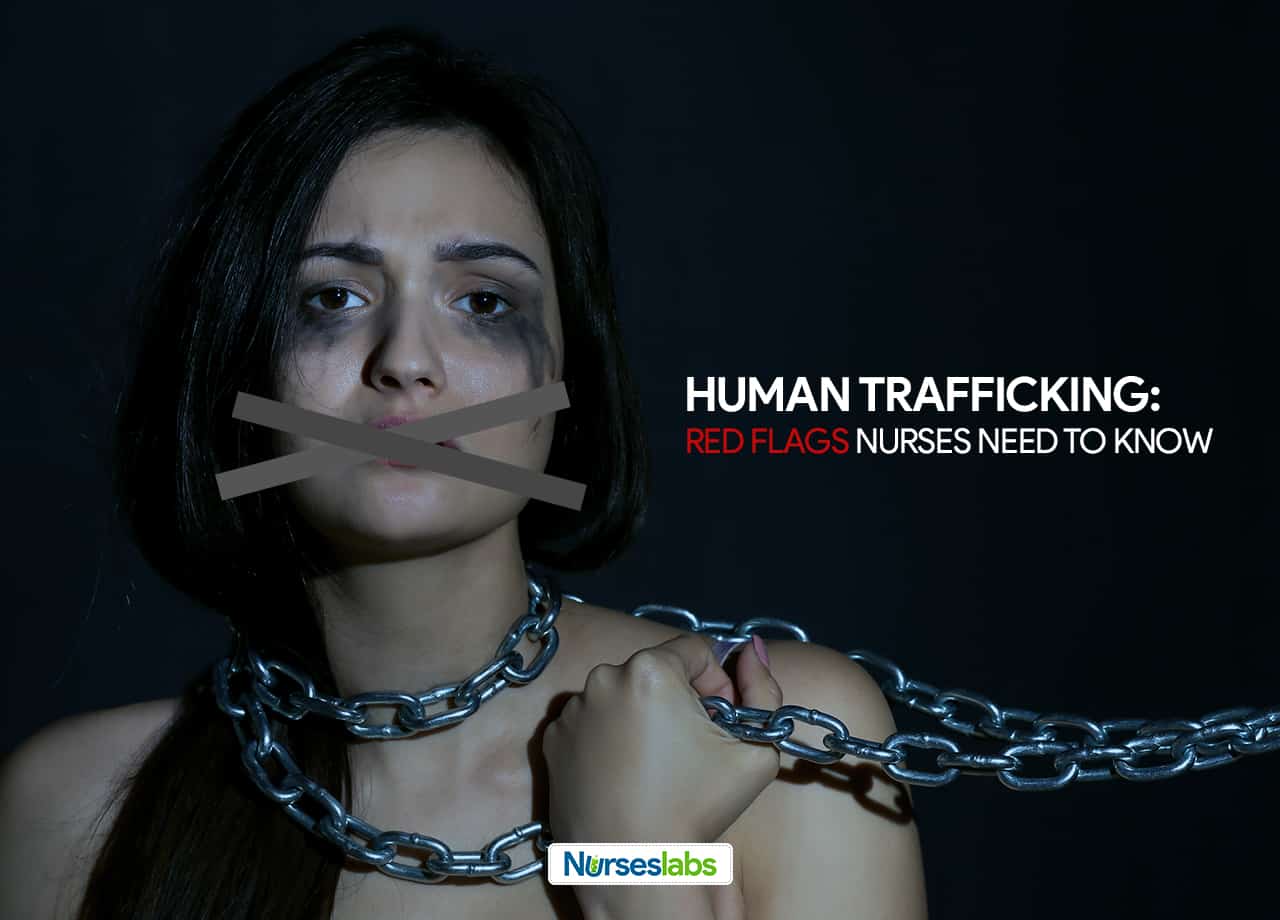
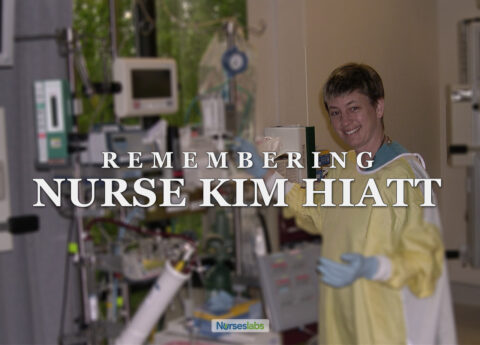

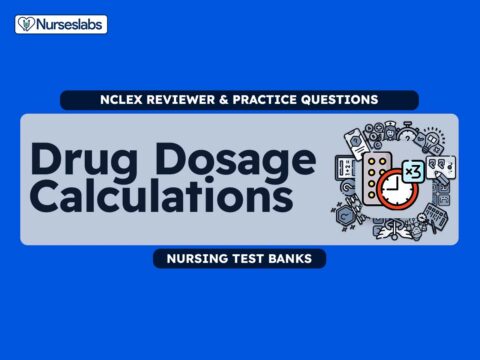
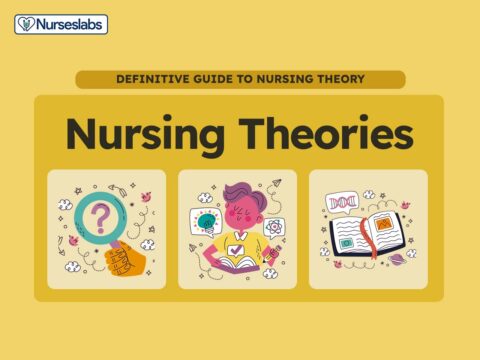
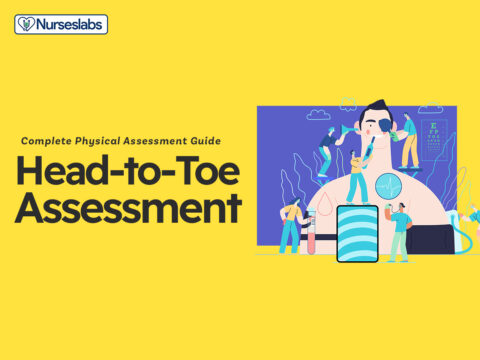


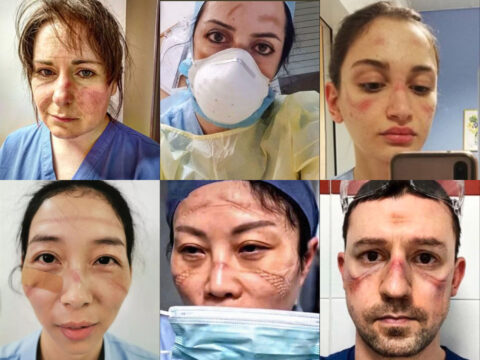
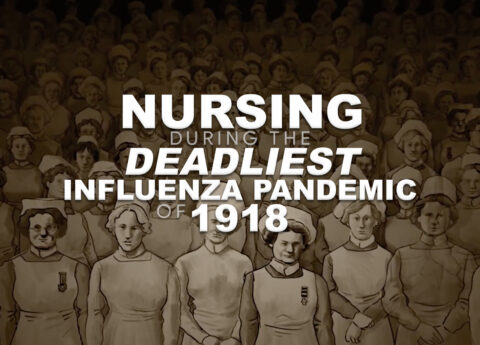



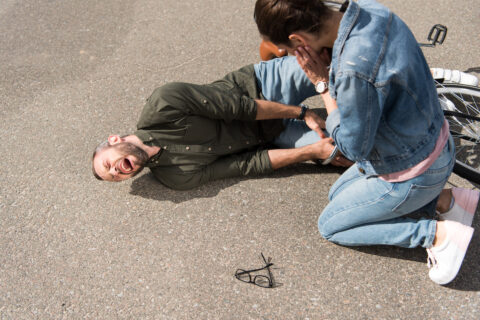



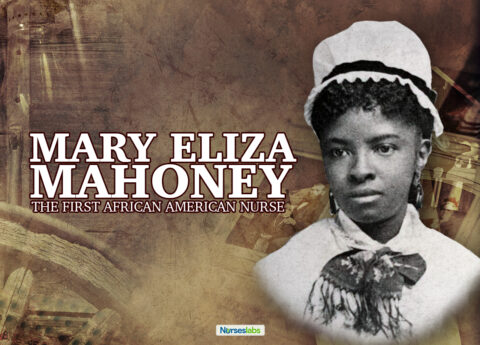


















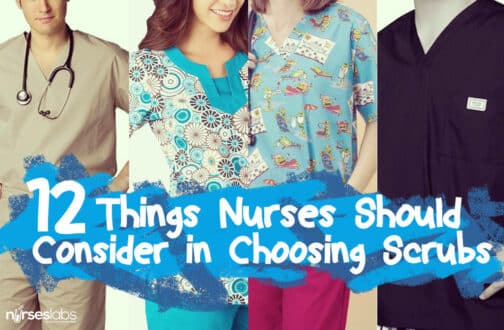
Leave a Comment